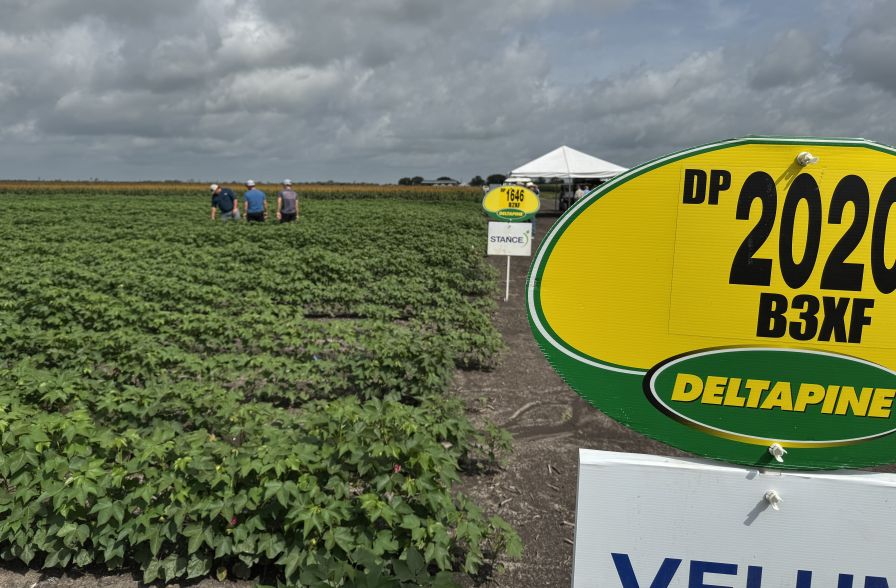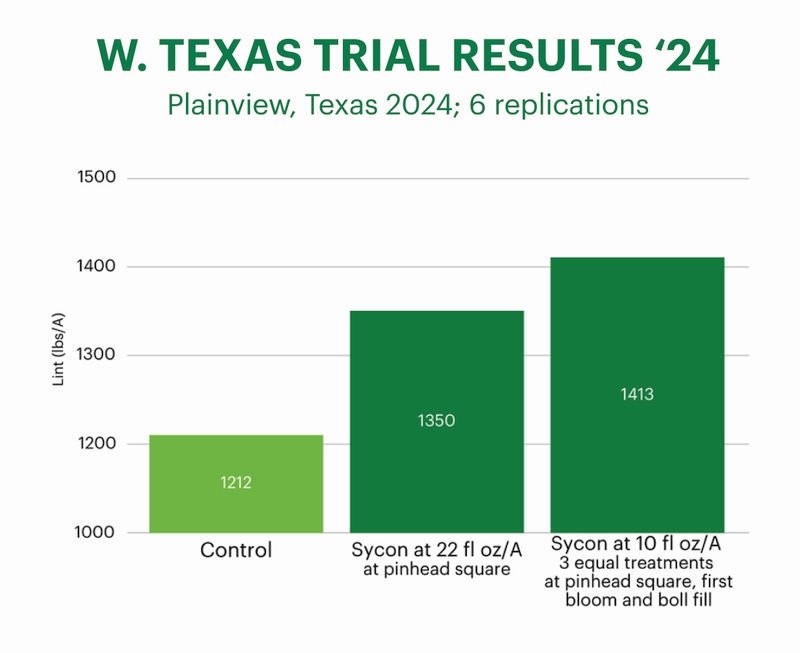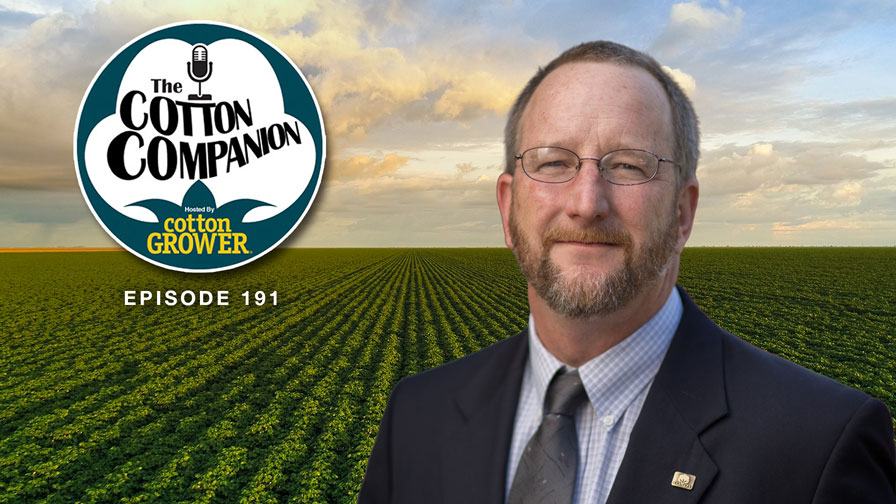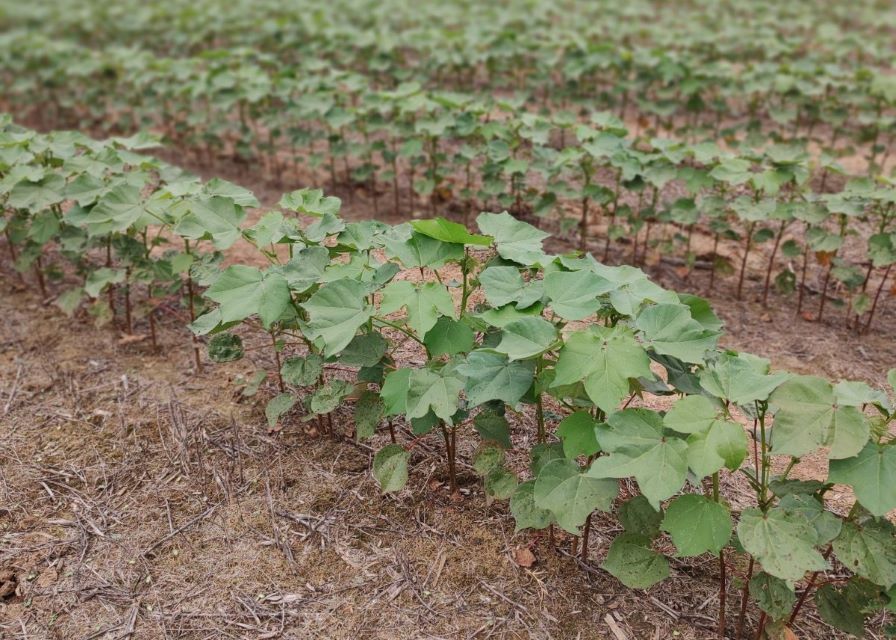Planting a Seed of Change Versus Synthetics and Microplastics
Q&A with Gary Adams, President/CEO of the National Cotton Council (NCC), about the Council’s new educational initiative focusing on microplastics, synthetic fibers, and their impact on human health.
What is the focus of the National Cotton Council’s new initiative?
The U.S. cotton industry, through the vision and dedication of the NCC’s Strategic Planning Task Force, is taking decisive action to address a growing concern: microplastics. As NCC works diligently on a multitude of issues, our next focus will be on combating the dominance of polyester through the growing awareness of microfibers and microplastics and their impact on human health. This initiative was incubated within the Task Force and has received enthusiastic support from all industry segments.
As we know, the cotton industry is at another inflection point. Generations of families have poured their hearts and souls into cultivating this vital crop, facing unpredictable weather, fluctuating markets, and now, an onslaught of synthetic alternatives. Simultaneously, fast fashion is becoming pervasive, and consumers are ever focused on price, both of which frequently fall towards the favor of synthetics.
What are microplastics and why are they a concern?
While the public is becoming aware of “microplastics,” many are actually microfibers – tiny plastic pieces from synthetics like polyester. These microplastics are entering our waterways, food chain, the air we breathe, and now are showing up in our bodies. And the likelihood is that is where they stay, forever.
Rather than only scientific media reporting about microplastics, now more mainstream outlets are covering the story too. They have started to flip from purely environmental concerns to human health concerns. But so far, most of the attention has been focused on what we eat and drink and not about the fiber we wear.
How does the initiative plan to address the issue of microplastics?
This is a problem we can address, and it presents a unique opportunity for cotton.
In this initiative, we will spotlight how what we wear has an impact on health – yours, your family’s, in every country around the world – emphasizing that polyester and other synthetics are essentially plastic in disguise, derived from fossil fuels.
This is our moment. And now is the time. People are searching for solutions, and cotton is the solution.
Our message is simple: “Choose Plant, Not Plastic. Because What You Wear Matters.” It’s about connecting the dots for consumers – showing them that their clothing choices have real consequences, polyester is harmful, and that cotton offers a natural, better alternative. This makes the story very personal to every person and what they can do to have an impact on their health and that of their family.
What steps will the initiative take to promote cotton?
To achieve this, we’re building a program that is unlike anything done before by this industry – tackling it from all sides. The goal is to build a solid foundation of facts and materials, arming consumers, media, legislators, and regulators with the truth about synthetics and their impact but in an easy-to-understand way. We also plan to ignite the campaign through high-impact activations and events.
We will provide people with facts, enabling them to make informed choices that align with their values and help drive long-term demand and preference for cotton. It is bold. It is unique. It is timely. It is ours to own. But we must act now, and go together, or we will miss this small window of opportunity.











